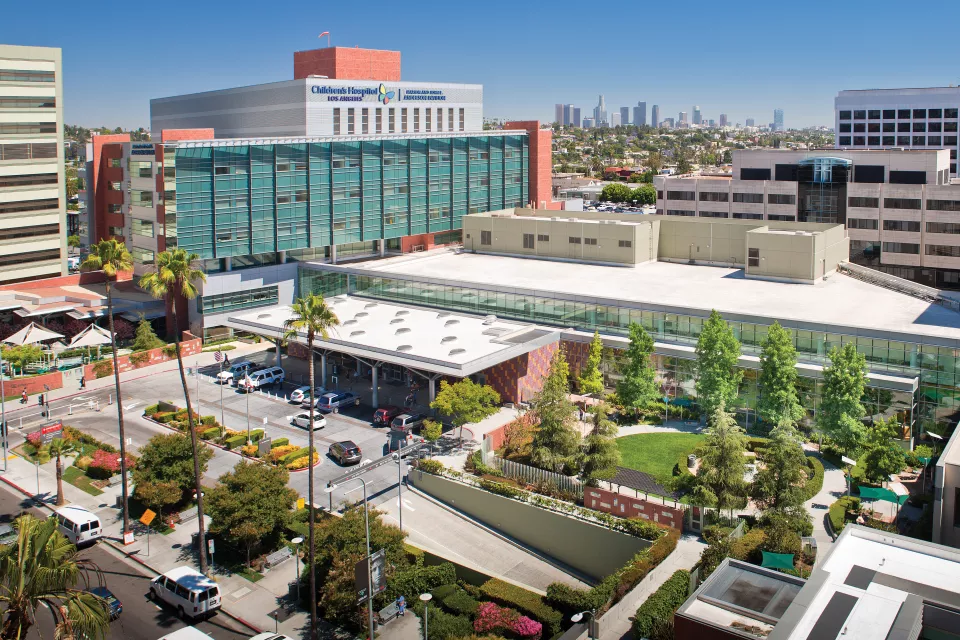Cerebrovascular malformations are abnormal blood vessels in the brain or spinal cord. They include tangled or enlarged arteries and veins. Some malformations affect the flow of blood and oxygen leading to life-threatening emergencies.
Malformations can become larger over time, divert blood away from important areas of the brain or spinal cord, or rupture, leading to injury and risk for disabilities.
Brain Vascular Malformation Causes and Risk Factors
Some children are born with a vascular malformation. Other times, it is acquired through injury to a blood vessel. There may be a family history that increases the risk of having a cerebrovascular malformation in children. In other cases, there may be no known cause.
Cerebrovascular Malformation Symptoms
Some vascular malformations in the brain might not cause any symptoms. Other malformations can cause:
- Headache
- Seizure
- Stroke
If your child is experiencing stroke-like symptoms, call 911. Do not attempt to drive your child to the hospital. Signs of a stroke include weakness on one side of the body, seizure, slurred speech and confusion.
Types of Cerebrovascular Malformations
There are many types of vascular malformations in the brain. They include:
- Aneurysm: Weak spot in a blood vessel wall that balloons outward under the pressure of normal blood flow
- Arteriovenous malformation (AVM): Tangle of veins and arteries that prevents oxygen-rich blood from reaching the brain and spine
- Cavernous malformation: Cluster of small, thin-walled blood vessels that are likely to leak blood into the brain or spinal cord
- Dural arteriovenous fistula: Abnormal connection between arteries and veins in the brain’s protective covering (dura)
- Vein of Galen malformation: Dilated and enlarged vein that steals blood from the rest of the brain
Brain Vascular Malformation Diagnosis
Vascular malformations in the brain are diagnosed through imaging studies.
These include:
- CT scans, which take X-rays from different angles to produce images of abnormal blood vessel structures.
- MRIs, which use a powerful magnet and radio waves to produce detailed images of brain and spinal cord tissue.
- Angiography, which uses a special dye and X-rays to evaluate blood flow and detect blockages.
Cerebrovascular Malformation Treatment
Some malformations might require ongoing monitoring but no immediate surgical treatment. However, medications may still be prescribed to control symptoms such as headaches or seizures. In other cases, surgical intervention is required.
- Surgery: Neurosurgeons remove the malformation and restore normal blood flow during a procedure known as a resection.
- Radiosurgery: This option uses targeted, high doses of radiation to destroy malformations, especially in difficult-to-reach areas.
- Endovascular neurosurgery: Surgeons use coils or a glue-like substance to clot off the malformation from inside the blood vessel.
Brain Vascular Malformation Treatment at Children’s Hospital Los Angeles
Learn more about the treatment options for cerebrovascular malformations through our Neurosurgery program.
